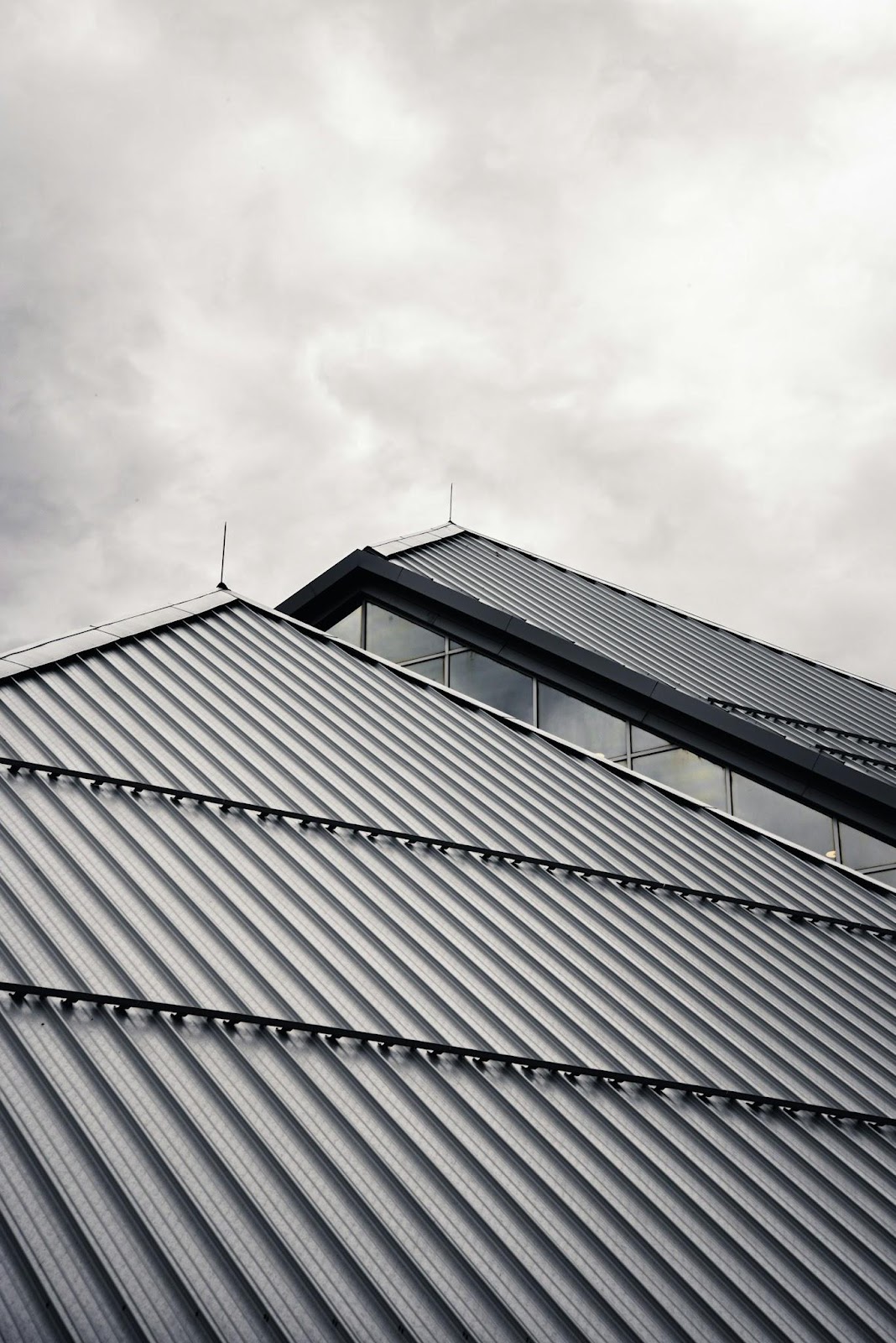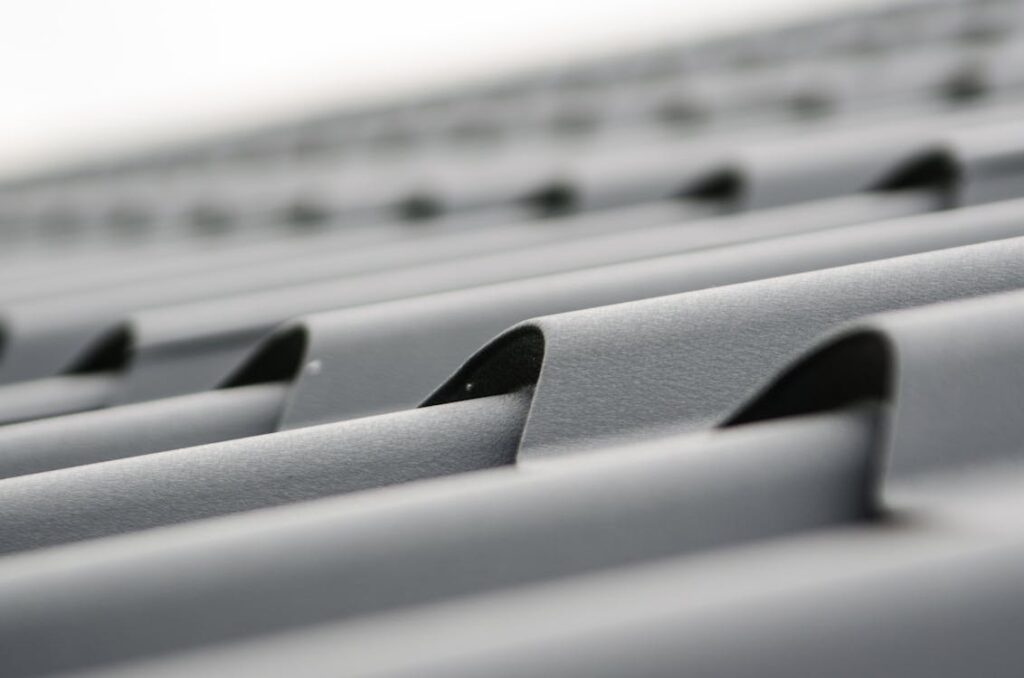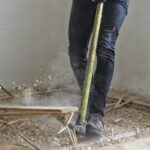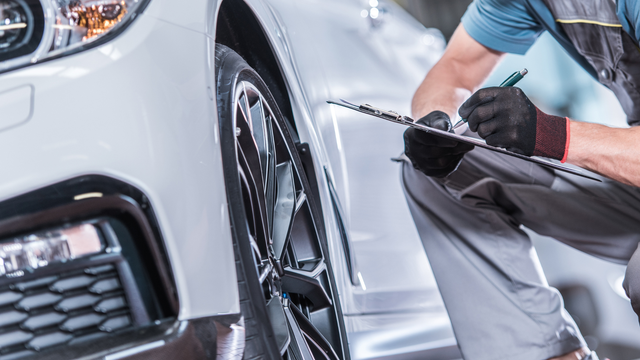For homeowners looking for a reliable, low-maintenance, and long-lasting roofing solution, metal roofs continue to rise in popularity. Traditionally used in commercial or agricultural settings, metal roofing has evolved into a stylish, efficient, and highly durable choice for residential homes. Its ability to stand the test of time while maintaining aesthetic appeal makes it a smart investment for those seeking both form and function.
As weather conditions grow more extreme and energy efficiency becomes a greater concern, the long-term benefits of metal roofs make them even more attractive. Understanding how and why metal roofs outperform many traditional options helps homeowners make informed decisions that pay off for decades to come.
Understanding Metal Roof Lifespan and Performance
The standout feature of a metal roof is its longevity. While traditional asphalt shingles typically last 15 to 25 years under normal conditions, a properly installed metal roof can last 40 to 70 years or more. Some systems, such as standing seam panels or stone-coated steel shingles, even carry warranties up to 50 years, testifying to their long-term resilience.
Metal roofs are engineered to resist cracking, warping, and decay, common issues that plague other roofing materials. They shed water and snow more efficiently, preventing buildup that can lead to rot or mold. Homeowners concerned about long-term value and minimal upkeep often turn to metal as a superior alternative. While the cost of metal roof install is higher upfront compared to asphalt shingles, the return on investment is compelling. When you factor in fewer repairs, reduced maintenance, and longer service life, metal roofs often prove more cost-effective over time. They tend to increase home resale value and may qualify for energy efficiency incentives.
Resistance to Weather and Environmental Stress
One of the key reasons metal roofs last so long is their exceptional performance under adverse weather conditions. From high winds to hailstorms and even wildfires, metal stands up where other materials fall short. Most metal roofing systems are rated to withstand wind speeds of 120 mph or more and are naturally fire-resistant, an important advantage in wildfire-prone areas.
Hail and debris are less likely to damage metal compared to tile or shingles. Specialized coatings and impact-resistant designs can further enhance durability in storm-heavy regions. And in coastal climates where salt air accelerates corrosion, materials like aluminum or zinc-coated steel resist rust and maintain structural integrity for decades.
In snowy regions, metal roofing is particularly effective. Snow slides off easily due to the smooth surface, preventing the formation of ice dams that can damage the roof edge and gutters. A metal roof doesn’t absorb moisture, reducing the likelihood of freeze-thaw damage over the years.
Low Maintenance Requirements
Maintenance is another area where metal roofing excels. Unlike wood shingles that require regular sealing or asphalt shingles that need periodic replacement, metal roofs require minimal upkeep. Routine inspections, gutter cleaning, and occasional debris removal are usually all that’s needed to keep the roof performing well.
Metal is resistant to insect damage, mildew, and rot, common concerns with organic materials. For homeowners who value hassle-free ownership and long-term protection, this low-maintenance appeal is significant. In many cases, a properly installed and ventilated metal roof will remain worry-free for decades.
If damage does occur, such as from a fallen tree limb, individual panels or sections can be replaced without needing a full roof tear-off, which simplifies repairs and minimizes disruption.
Energy Efficiency and Environmental Benefits
Metal roofs offer strong environmental and energy-saving advantages. Reflective coatings and cool roof finishes help deflect solar radiation, keeping homes cooler in hot weather and reducing air conditioning demand. This can lower utility bills by 10% to 25%, depending on location and design.
These roofs are sustainable. Most systems contain 25–95% recycled content and are fully recyclable at the end of their service life. In contrast, asphalt shingles often end up in landfills after replacement. With increased emphasis on green building practices, metal roofing stands out as a responsible and eco-friendly choice.
For homeowners interested in solar energy, metal roofs pair well with solar panel systems. The durability and structural integrity of metal make it a stable foundation for mounting, and some systems are designed with integrated panel brackets or clips for easier installation.
Aesthetic Versatility That Lasts
Modern metal roofing isn’t just about strength, it’s about style. Available in a wide variety of colors, finishes, and profiles, metal roofs can complement nearly any architectural style, from traditional to contemporary. Whether it’s the classic look of metal shingles, the sleek lines of standing seam panels, or the texture of stone-coated steel, homeowners can achieve the look they want without sacrificing durability.
The coatings and paint systems used in high-quality metal roofing are engineered to resist fading, chalking, and corrosion. Unlike traditional roofing, which often requires repainting or replacement due to weathering, metal retains its curb appeal for decades with minimal intervention.
This long-term visual performance adds to property value and enhances the character of the home. And because it resists algae and moss growth, the roof continues to look clean and well-maintained without extensive cleaning or treatment.

Homeowners seeking peace of mind, sustainable performance, and enduring style would be wise to consider metal roofing as a forward-thinking solution. With proper installation and basic care, a metal roof can protect and beautify your home for generations.






